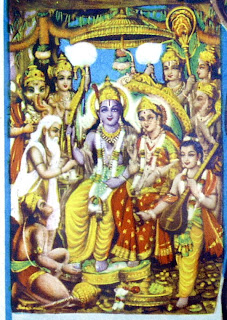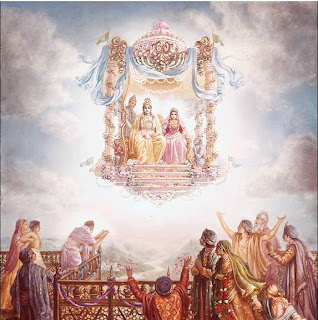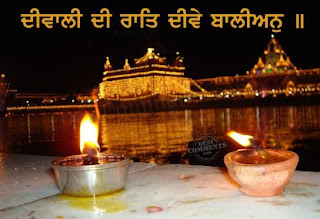During the festival of Diwali, the hearts and minds of the people are effervescent and are flooding with enthusiasm. They rejoice out of mirth with full vigor. We do not want your Diwali to turn into an ugly experience. So, we have come up with some great precautionary measures that you can imply while celebrating Diwali.
The firecrackers we burst on the occasion to express our happiness can lead to a major accident if not dealt with proper care and caution. There are correct ways set to use air fireworks, which when generally come in the hands of children in the absence of elders can be extremely fatal. If we survey hospitals we will find that many accidents and physical injuries are recorded at the time of Diwali.
- Diwali Safety Measures For Kids
- First Aid guide at firework play at Diwali Night
- Pollution free Diwali ! Environmentally Safe Diwali
Another atrocious facet of bursting crackers is it's harmful effect on the environment. International geographical surveys assert the fact that earth is suffering from global warming. These crackers and fireworks only add to the pollution and lead to excretion of harmful gases. If you have someone close to you who is suffering from any respiratory disease, you would know how difficult the intake of oxygen becomes for them while everybody is engrossed in bursting crackers. Due to this, they can not even enjoy the beautiful festival.
Diwali is the festival of light and sound. But here light refers to the eternal light of goodness of all kinds and sound stands for the sounds of mirth and laughter that can be heard from all corners during the festive season. So, let us make this Diwali a real success with only religious fervor and by enjoying the day with loved ones singing, dancing and rejoicing with gaiety. To get tips regarding safety measures during Diwali, refer to the sections below.
Diwali is the festival of light and sound. But here light refers to the eternal light of goodness of all kinds and sound stands for the sounds of mirth and laughter that can be heard from all corners during the festive season. So, let us make this Diwali a real success with only religious fervor and by enjoying the day with loved ones singing, dancing and rejoicing with gaiety. To get tips regarding safety measures during Diwali, refer to the sections below.

























